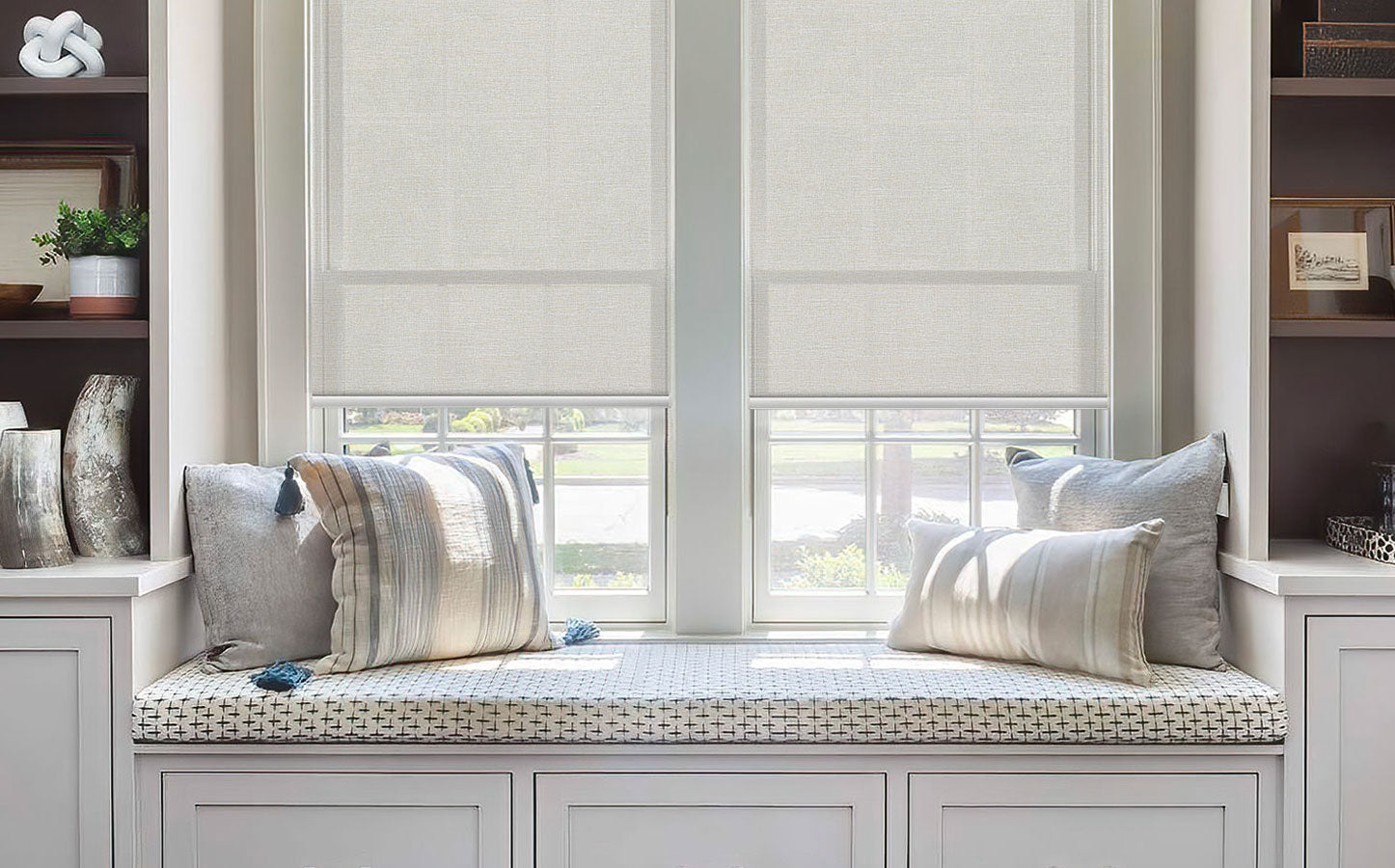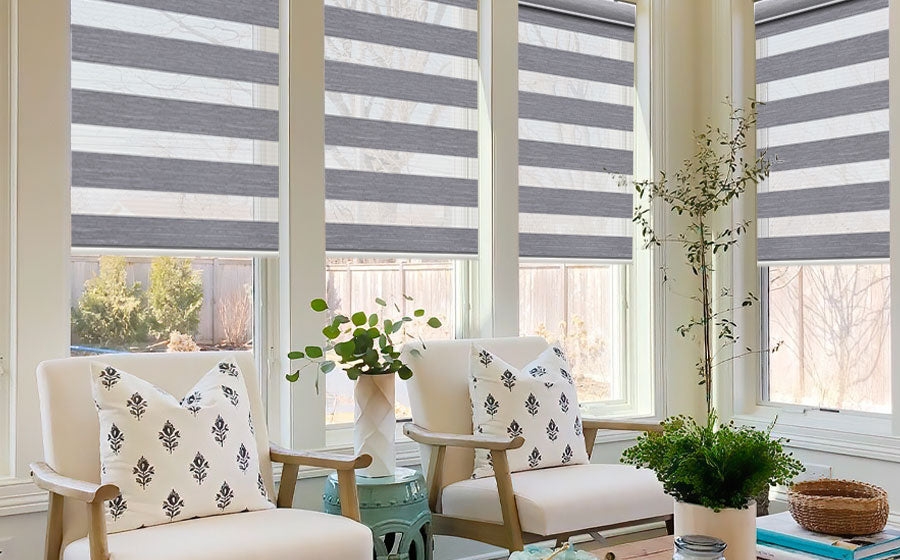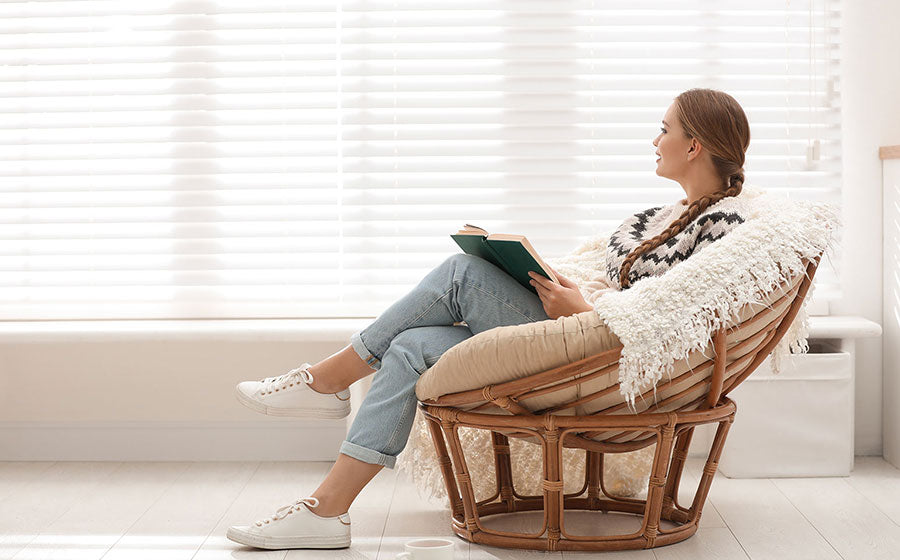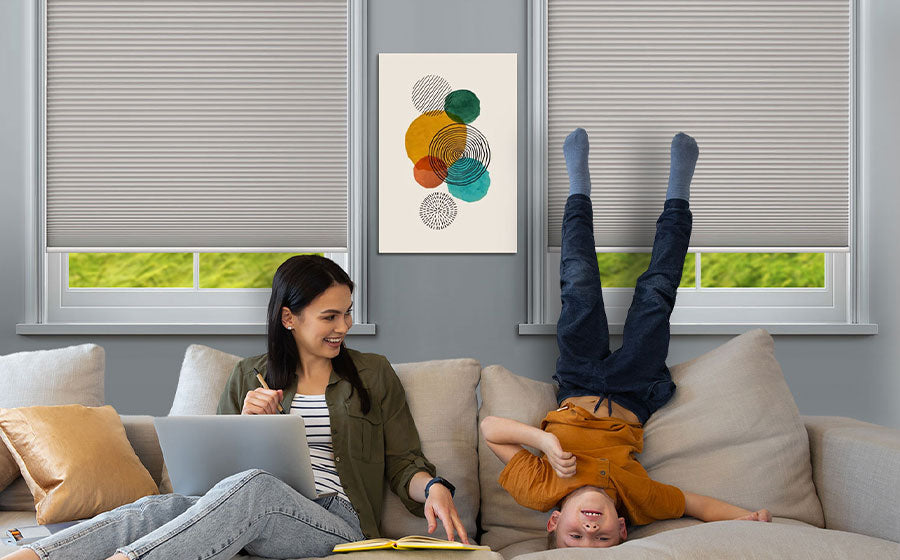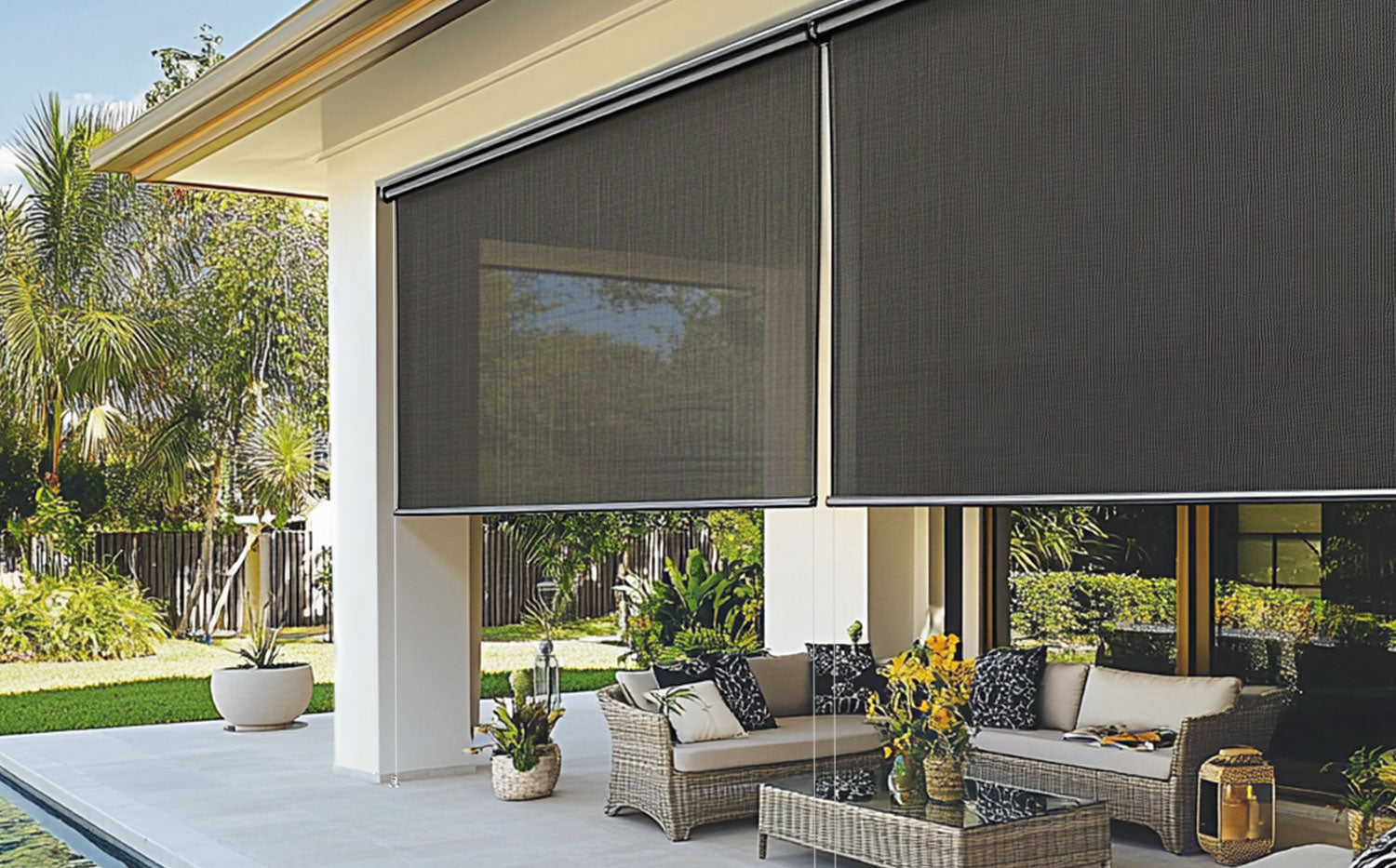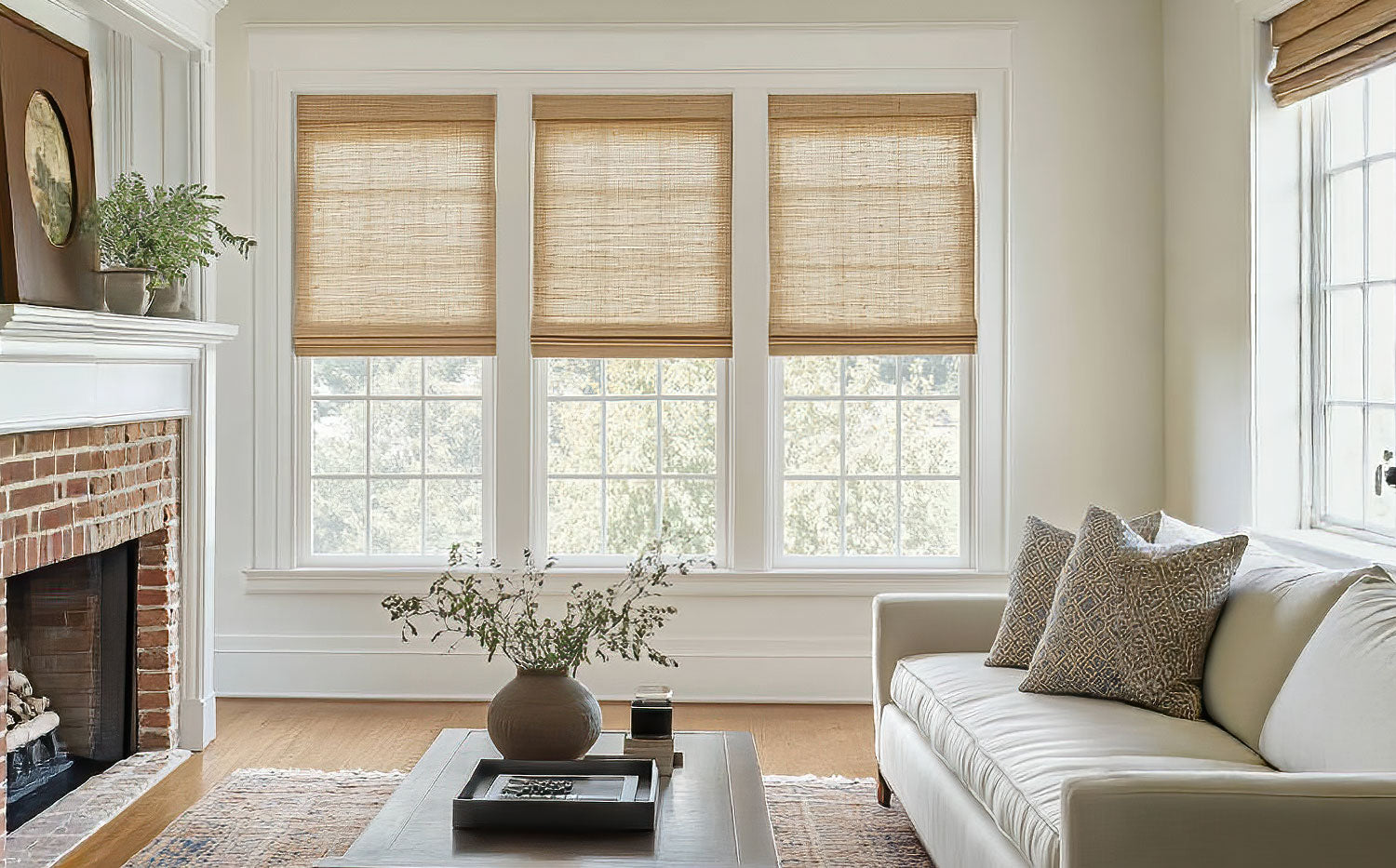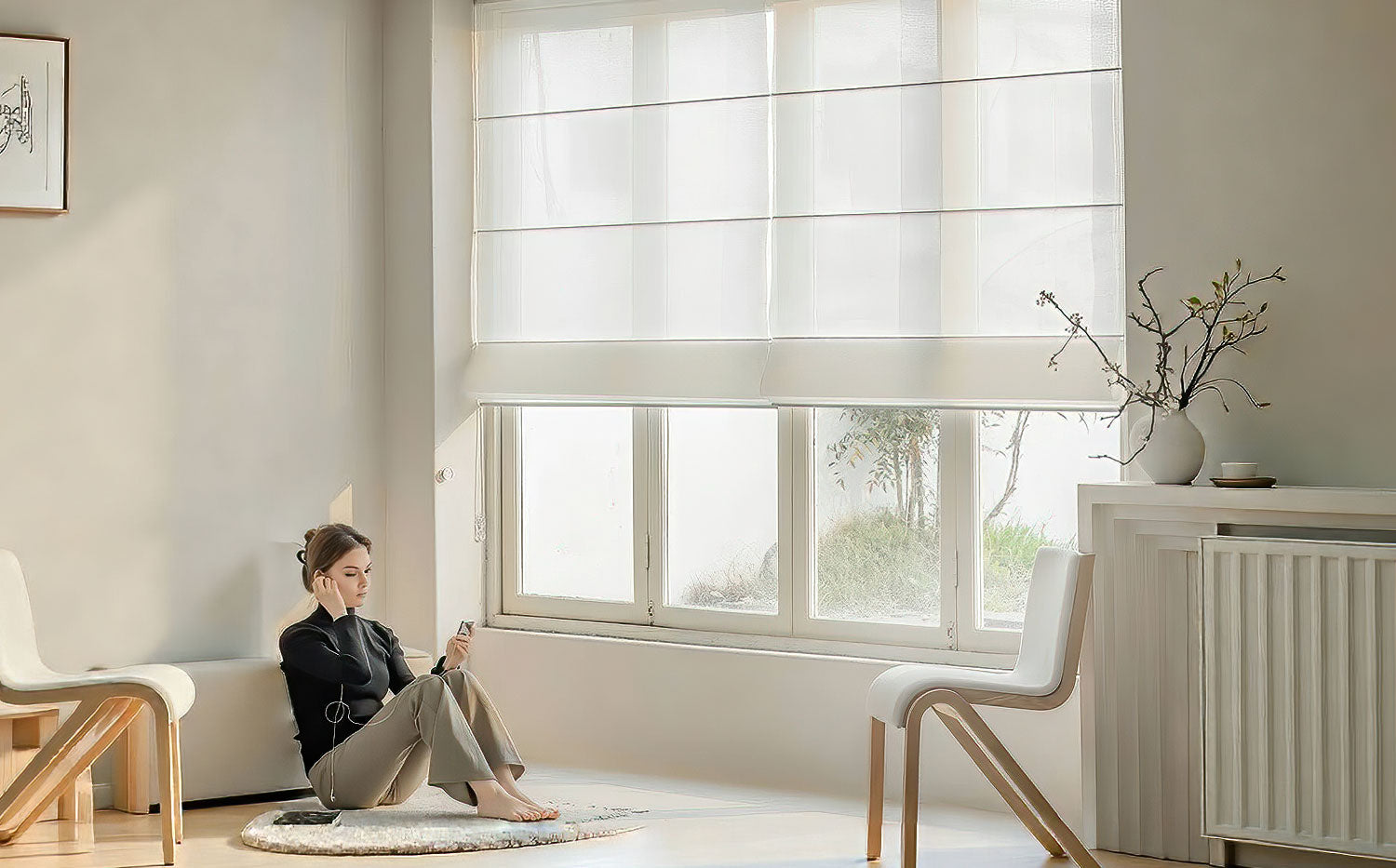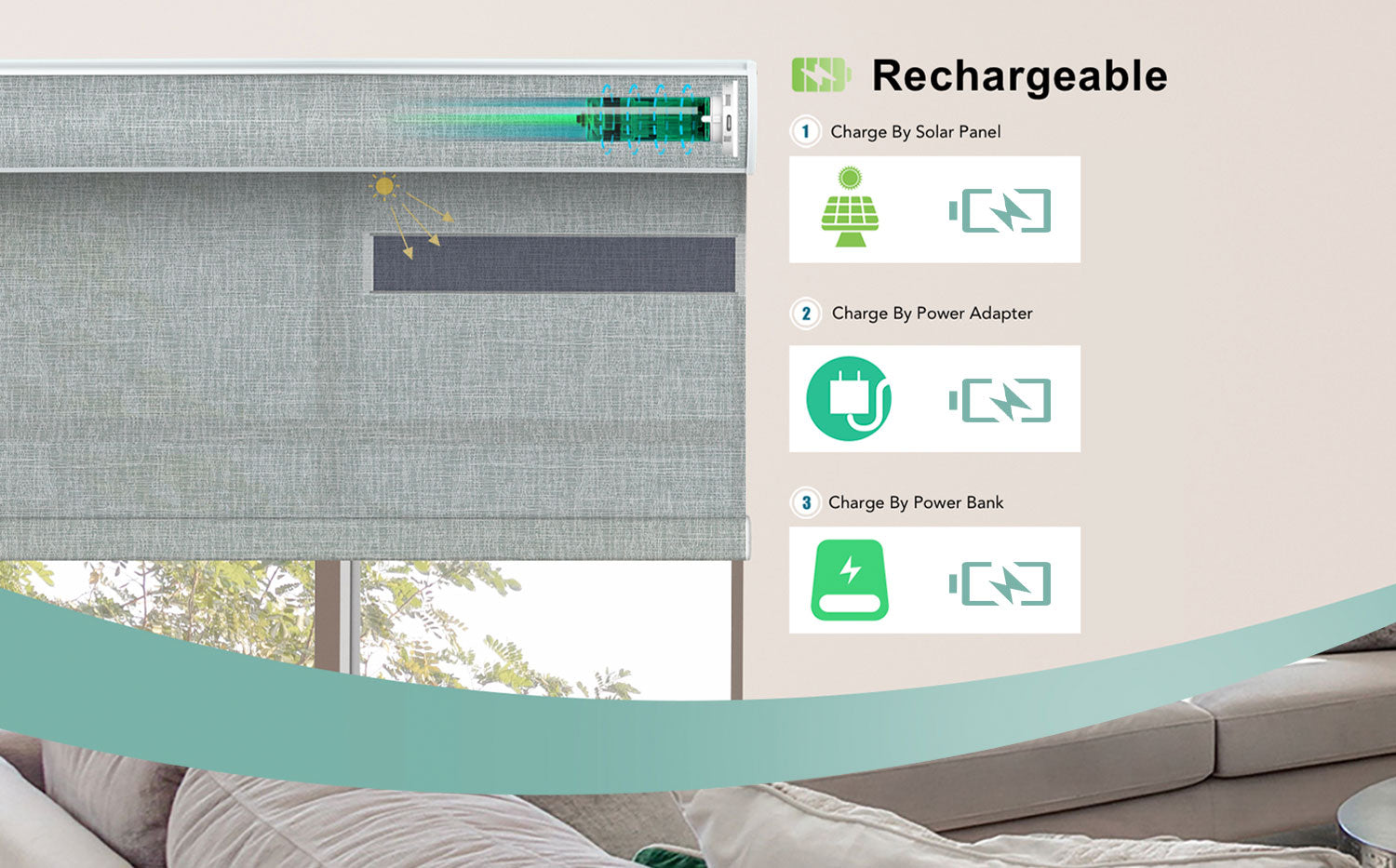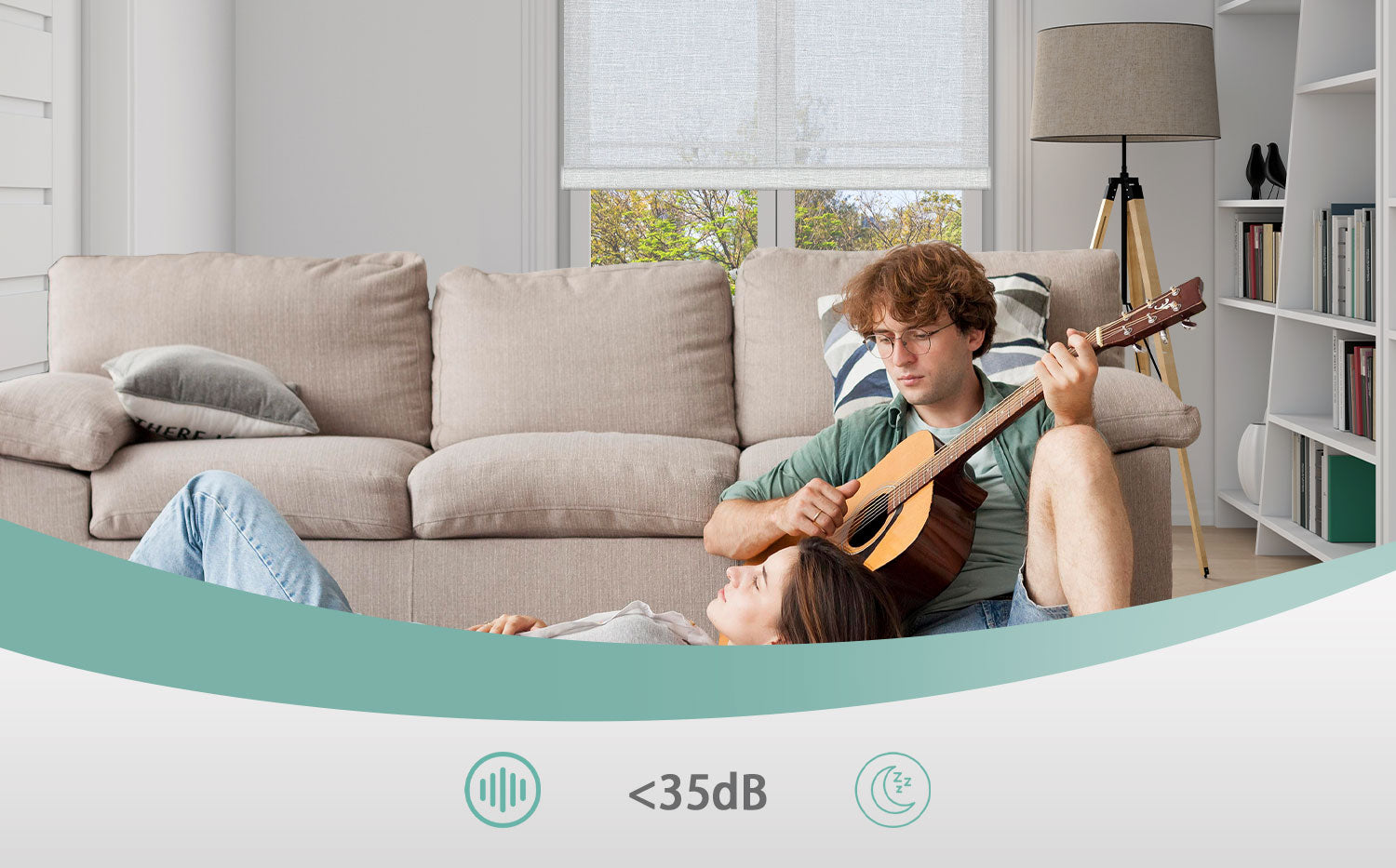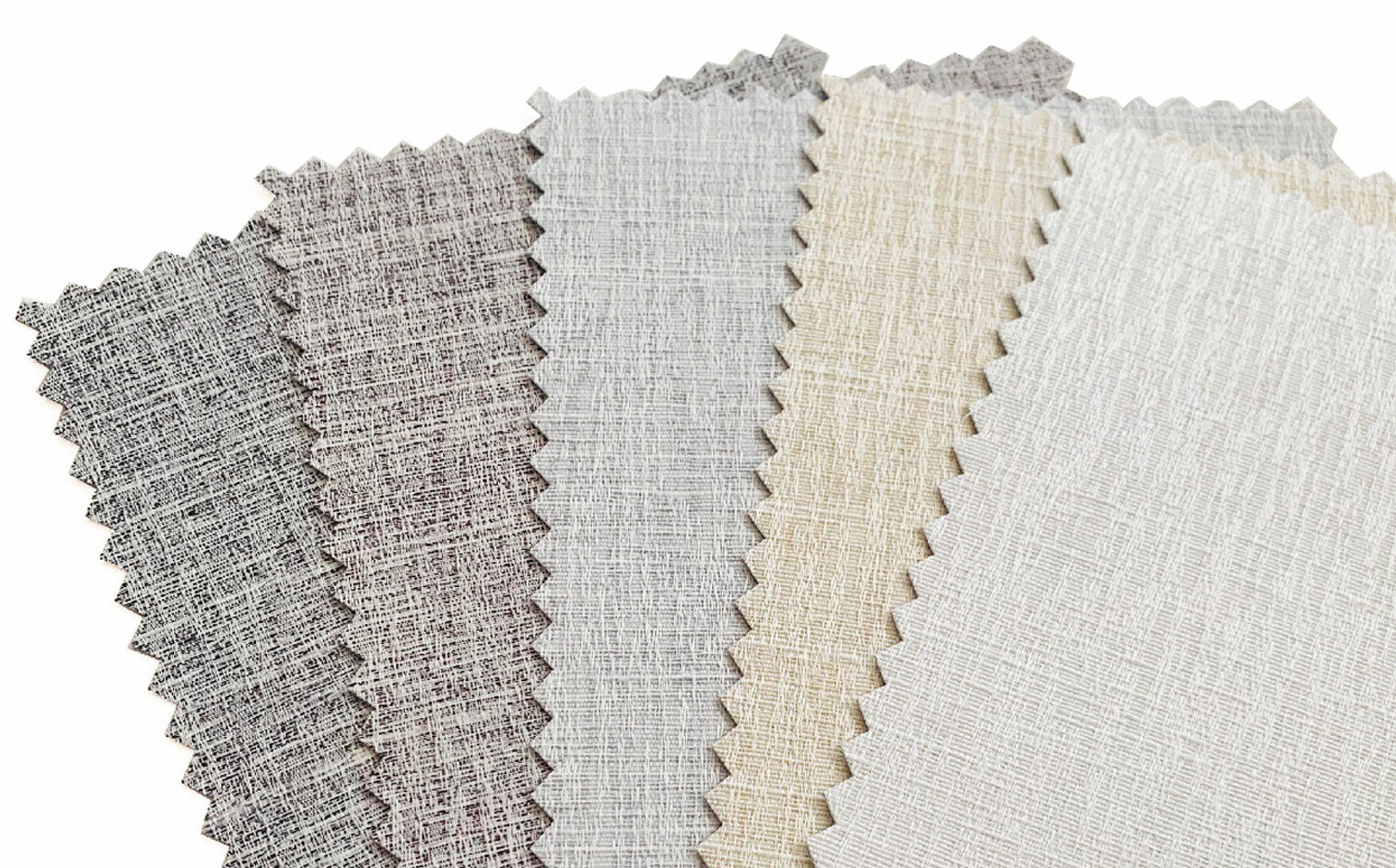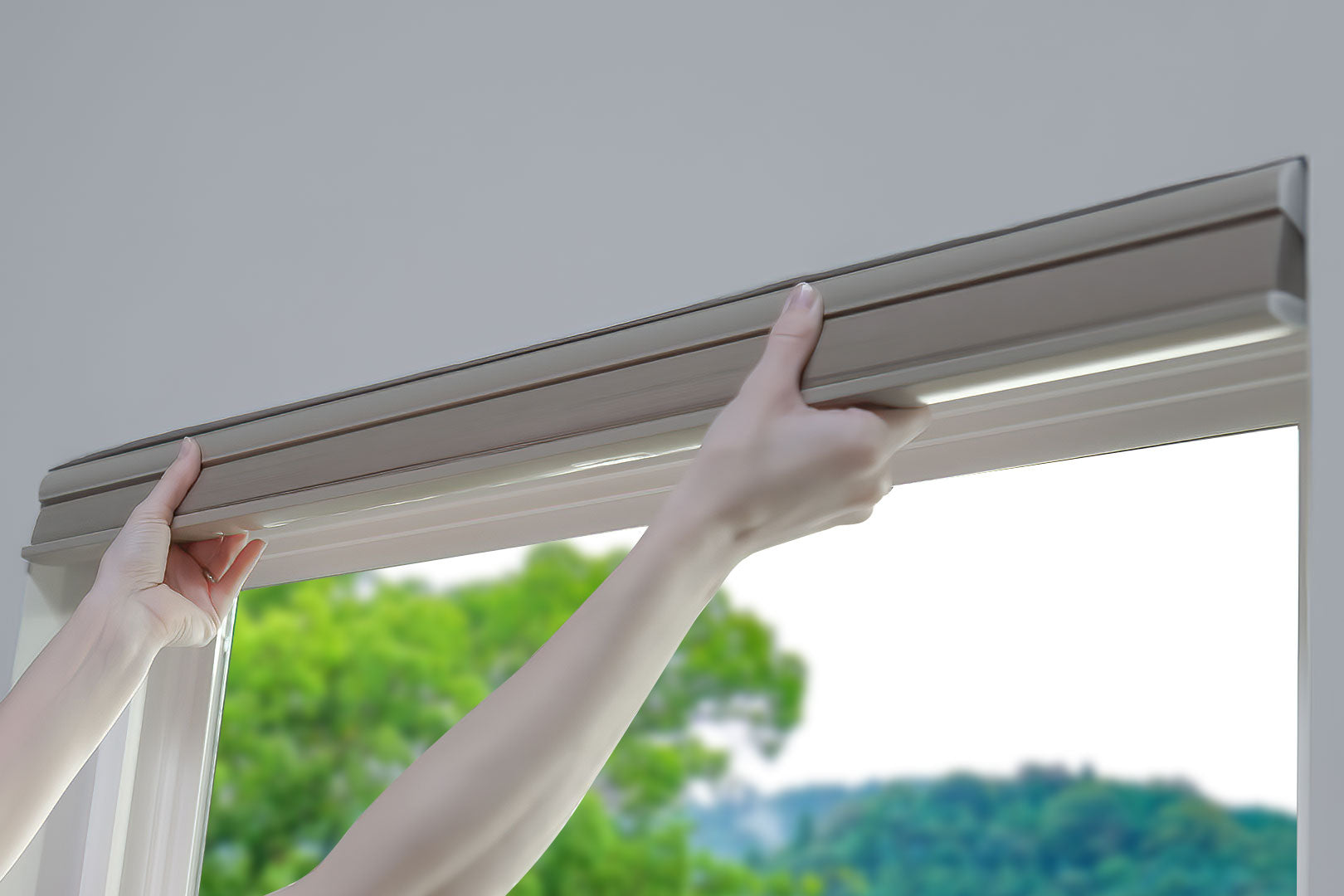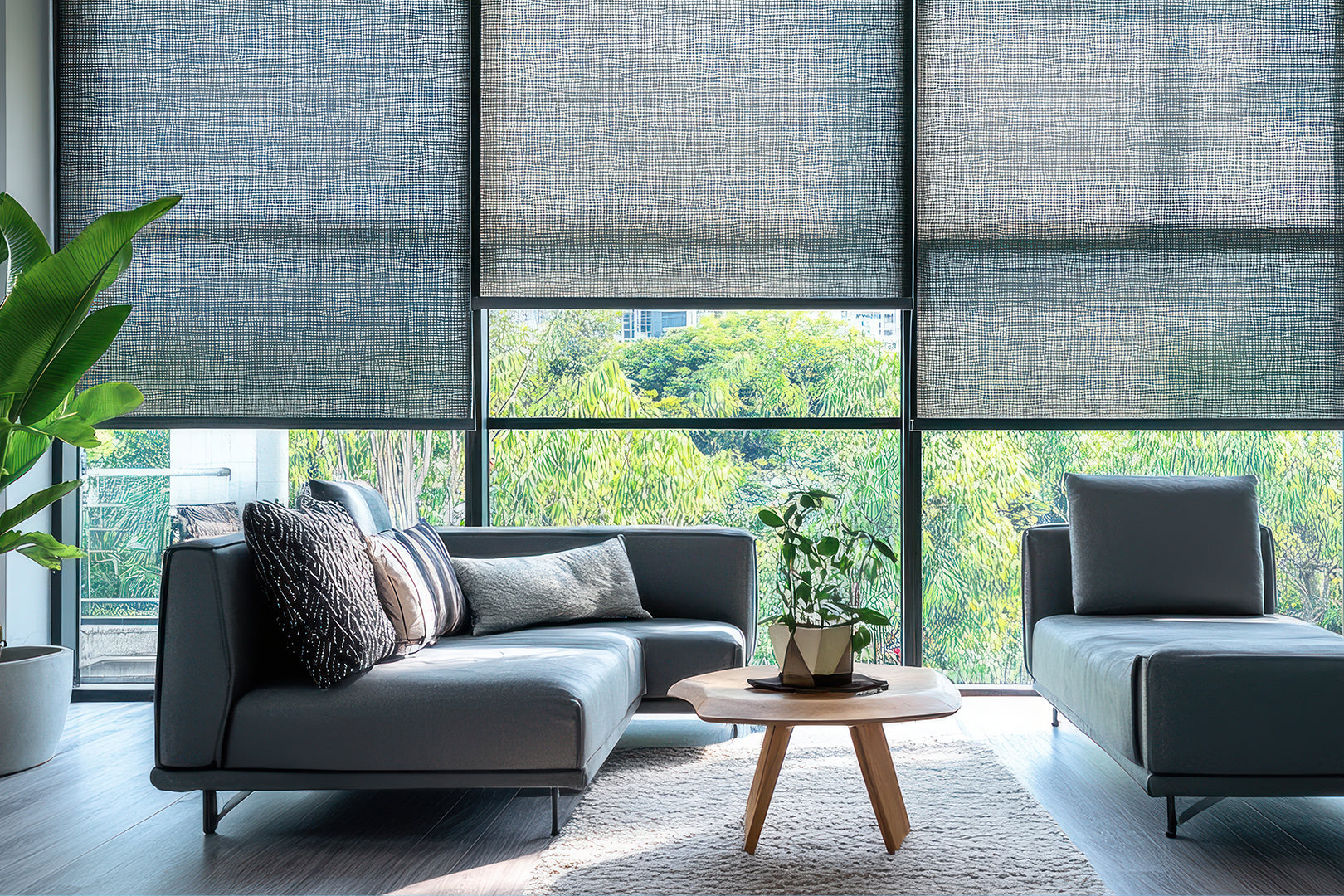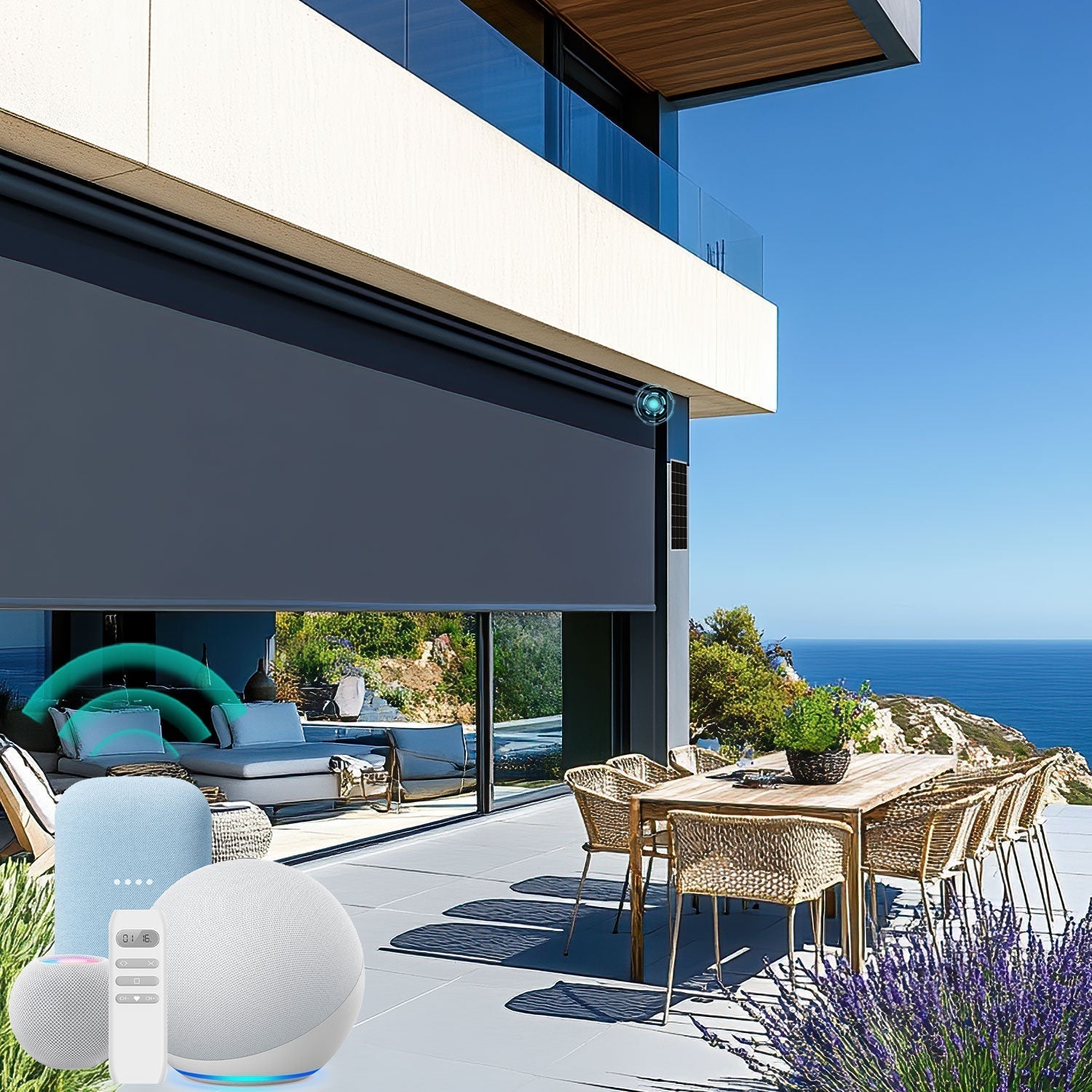Ever walked into a room and felt like something was just... off? Nine times out of ten, it's probably the window treatments throwing everything out of whack.
Matching shades to room decor isn't rocket science, but it's trickier than most people think. Sure, you could grab whatever's on sale at the home store. But why settle for "good enough" when the right shade can totally transform your space?
Start With What You've Got
Before diving into shade shopping, take a good look around. What colors are already doing the heavy lifting in your room? The sofa, throw pillows, that artwork you splurged on last year. These pieces should guide your decision, not fight against it.
Think of your existing decor as the foundation. Your window treatments? They're more like the frame around a painting. Sometimes they blend in. Sometimes they make a statement. But they should never clash with what's already there.
Here's the thing about color matching—it's not about finding the exact same shade. That actually looks pretty boring. Instead, aim for colors that play nicely together. Maybe your walls are cream, and your curtains could be a soft taupe. Or perhaps you've got navy furniture, so consider charcoal or deep gray shades.
The Magic of Fabric Samples
This is where things get real. You absolutely cannot pick window shades based on tiny website thumbnails or magazine photos. The lighting in your room is unique. Your paint colors have their own undertones. What looks perfect in someone else's house might look completely wrong in yours.
Roller Shades 100% Fabric Samples are your best friend here. Order them. Touch them. Hold them up to your windows at different times of day. Morning light hits differently than afternoon sun, and both will affect how your shades look.
Don't rush this step. Live with those samples for a few days. Pin them to your walls. See how they look next to your furniture. Sometimes a color that seems perfect at first glance starts to annoy you after a couple days.
Light Control Changes Everything
Here's something most people don't consider: how much light you want affects which colors will work best. Dark rooms need different treatment than bright, sunny spaces.
Blackout & Light Filtering Fabric Samples show you exactly what you're getting into. Blackout fabrics tend to look richer and more dramatic. Light filtering options give you softer, more subtle color effects.
If your room gets harsh afternoon sun, darker shades might actually balance things out nicely. But in a room that's already on the dim side, light colors will help bounce whatever natural light you do get around the space.
The Temperature Trick
Colors have temperature, just like the weather. Warm colors (think reds, oranges, yellows) make spaces feel cozy but smaller. Cool colors (blues, greens, purples) open things up but can feel distant.
Match your shade temperature to your room's vibe. A bedroom might benefit from warmer tones that create that snug feeling. A home office might work better with cooler shades that feel more energizing and spacious.
Your existing decor probably already leans warm or cool. Don't fight it. If you've got warm wood furniture and gold accents, cool-toned shades will look out of place no matter how trendy they are.
Pattern and Texture Matter Too
Solid colors aren't your only option. Subtle patterns can add interest without overwhelming a room. But here's where things get tricky—patterns need to play well with other patterns in your space.
If you've got a busy patterned rug or loud throw pillows, keep your shades simple. But if your room is mostly solid colors, a subtle geometric or textural pattern on your shades can add visual interest.
Texture affects color too. Smooth fabrics reflect light differently than textured ones. A color that looks bright and cheerful in a smooth fabric might look muted and sophisticated in a textured weave.
Modern Solutions for Modern Problems
Technology has made color matching easier than ever. Smart Window Blinds can actually adjust throughout the day, which means you can see how different light levels affect your color choices before committing to anything permanent.
Some smart systems even let you program different levels of light filtering for different times of day. Morning meetings might call for bright, energizing light. Evening relaxation might need something softer and more intimate.
The Breeze Factor
Don't forget about airflow when picking shades. Blackout Breeze options give you the best of both worlds—light control when you need it, but still allow air to move through your space.
This matters for color choices because rooms with better airflow tend to feel fresher and more vibrant. Colors that might feel heavy or oppressive in a stuffy room can work beautifully when there's good air circulation.
Trust Your Gut
At the end of the day, you're the one who has to live with these shades. All the color theory in the world won't help if you pick something that just doesn't feel right to you.
Take your time. Order samples. Live with them for a while. And remember—there's no such thing as perfect. There's only what works for you, in your space, with your lifestyle.
The right shades will make your room feel complete. They'll enhance what you already love about your space while quietly doing their job in the background. That's when you know you've gotten it right.

